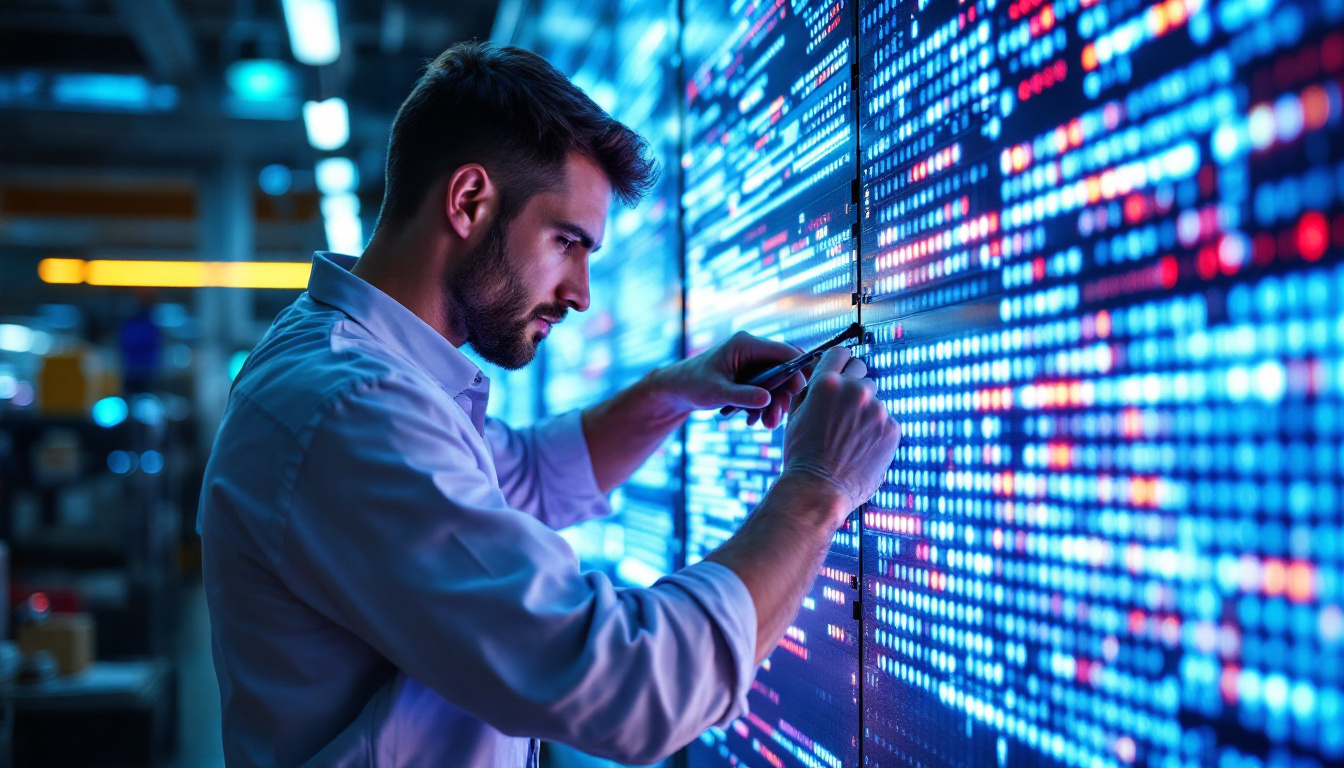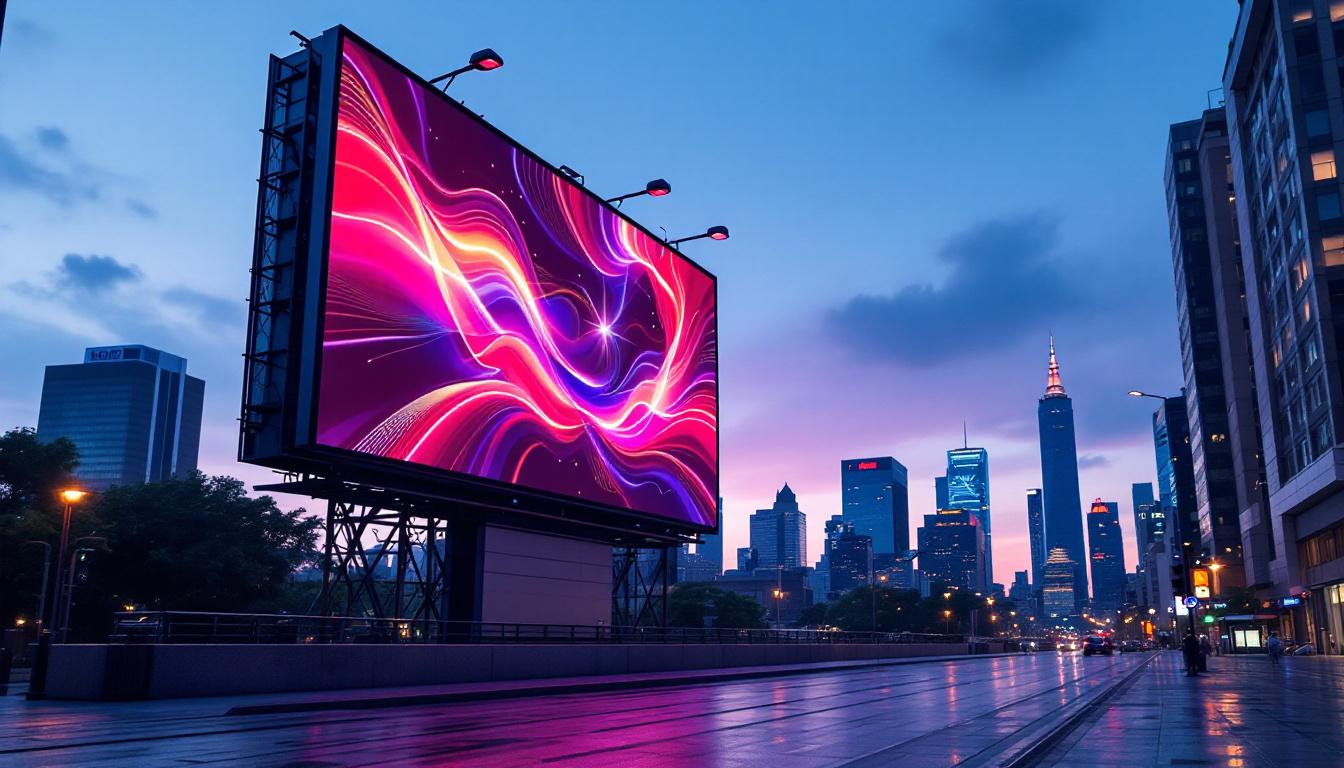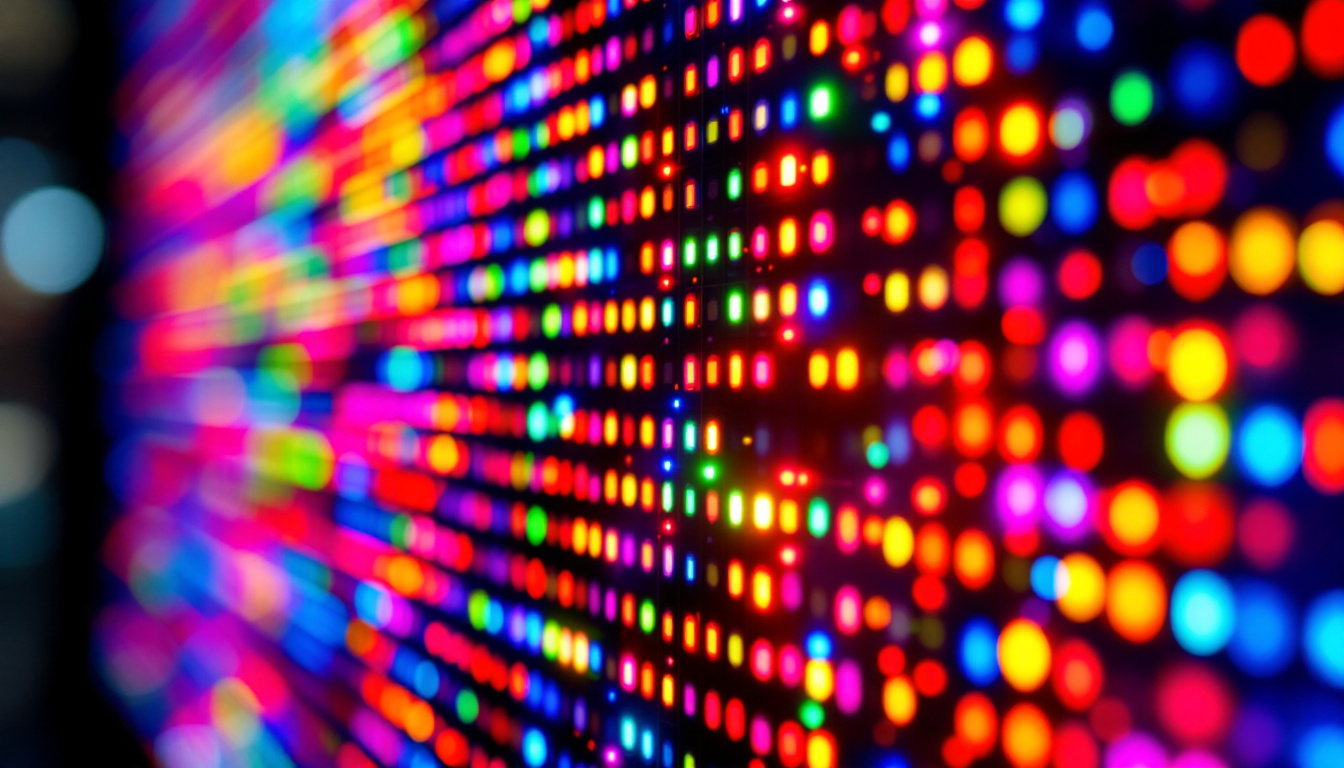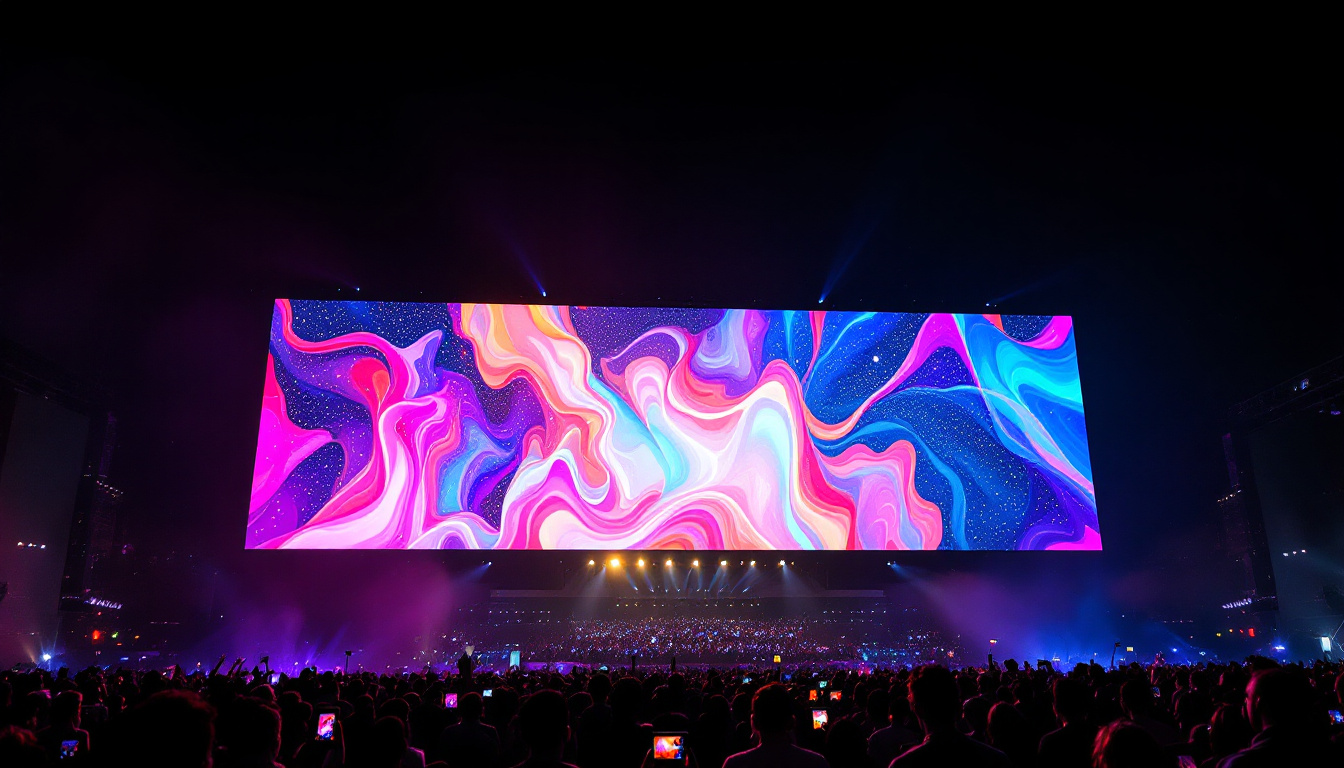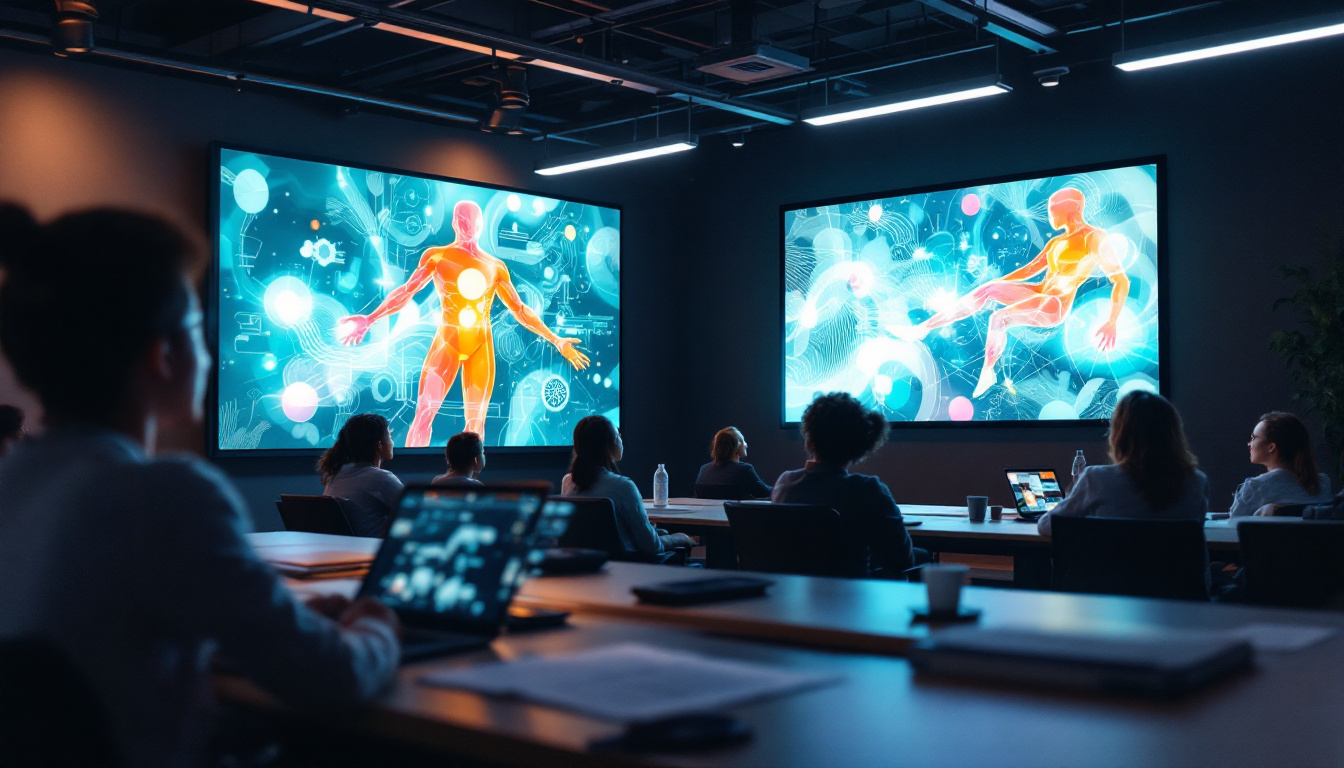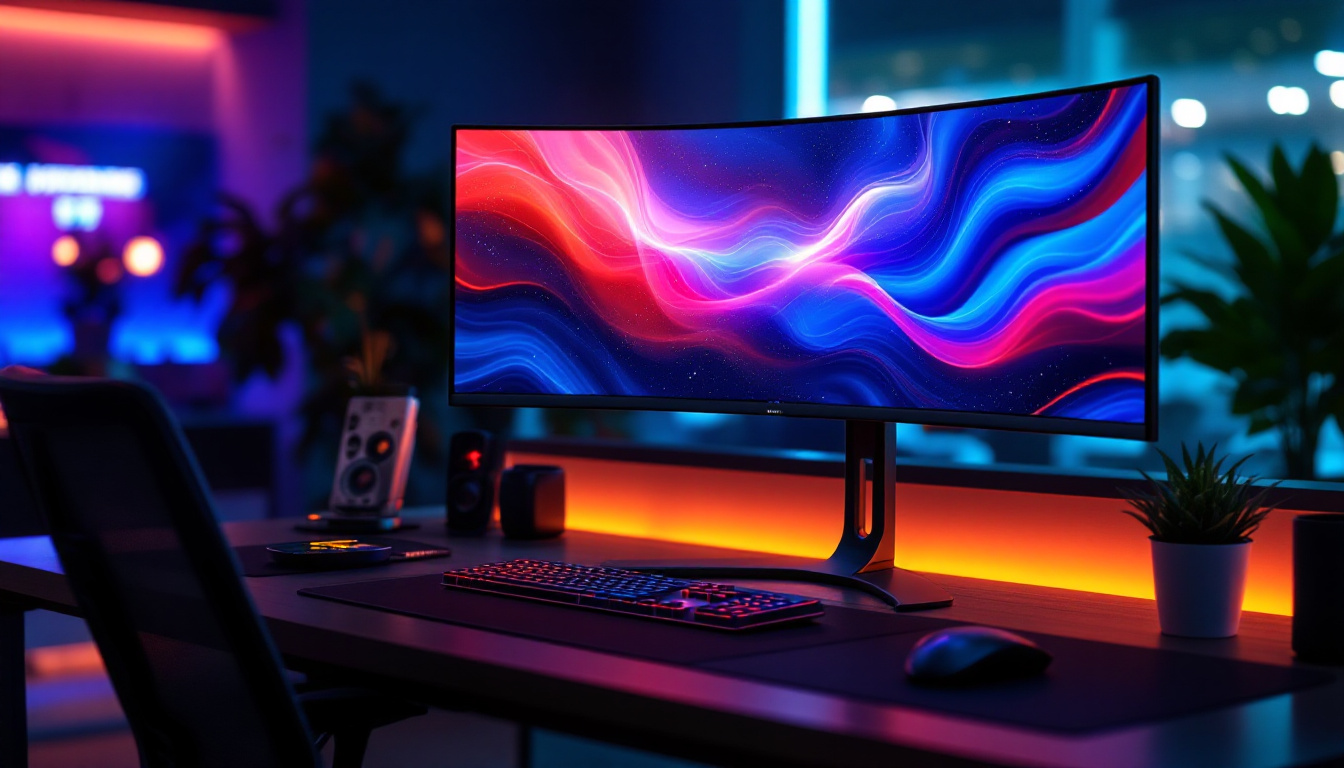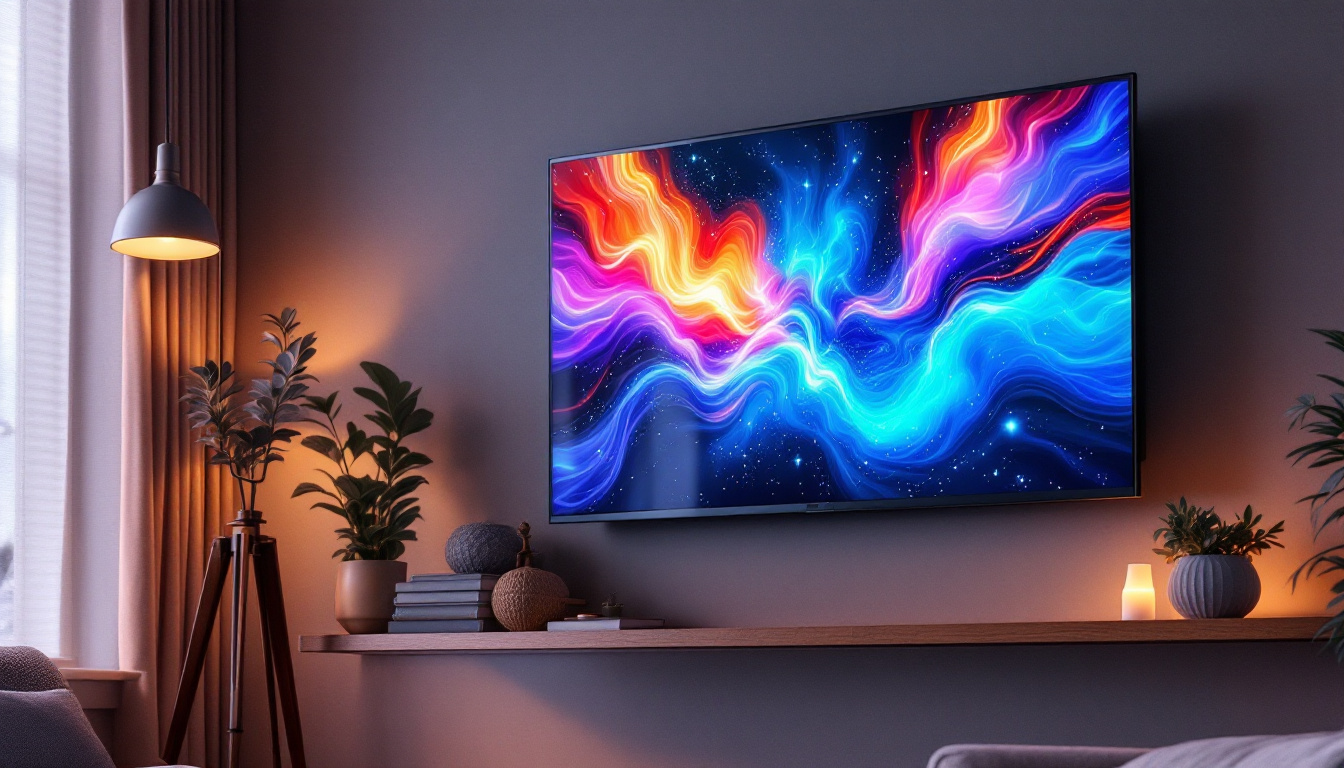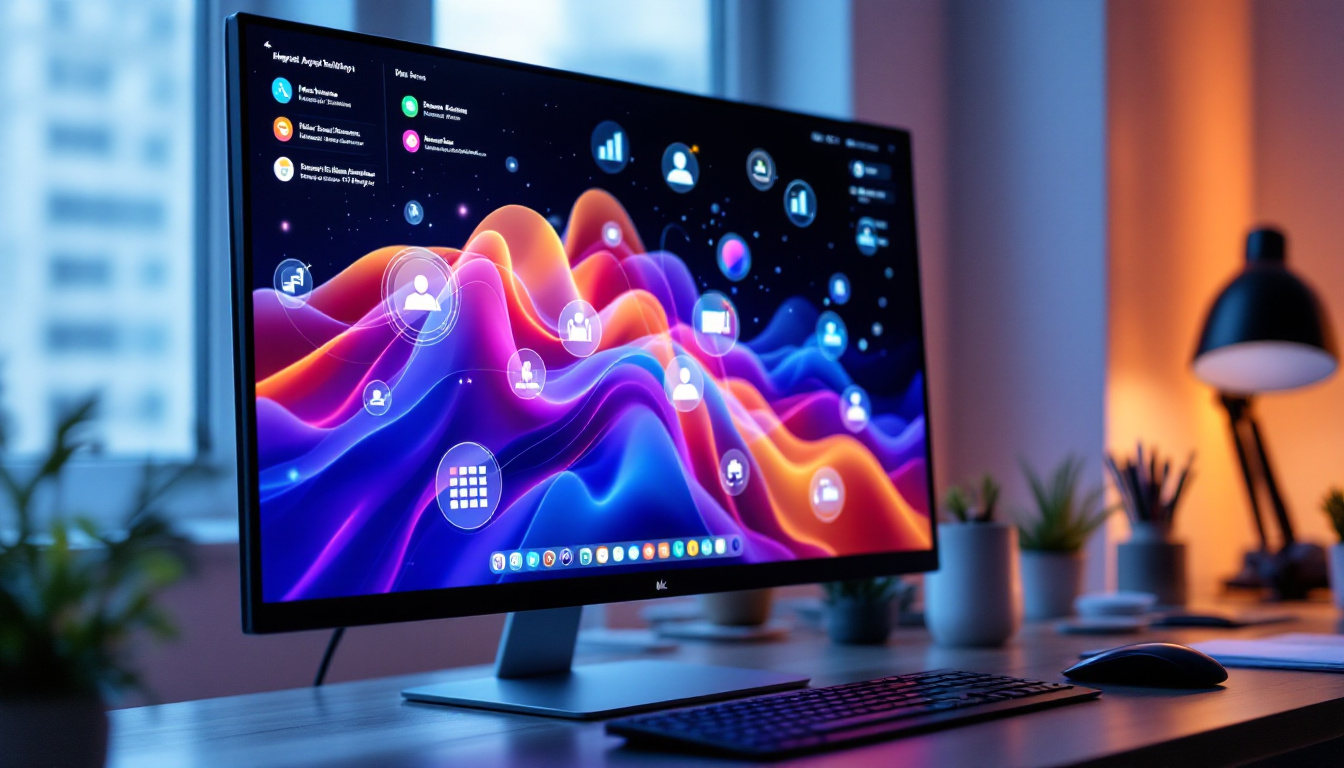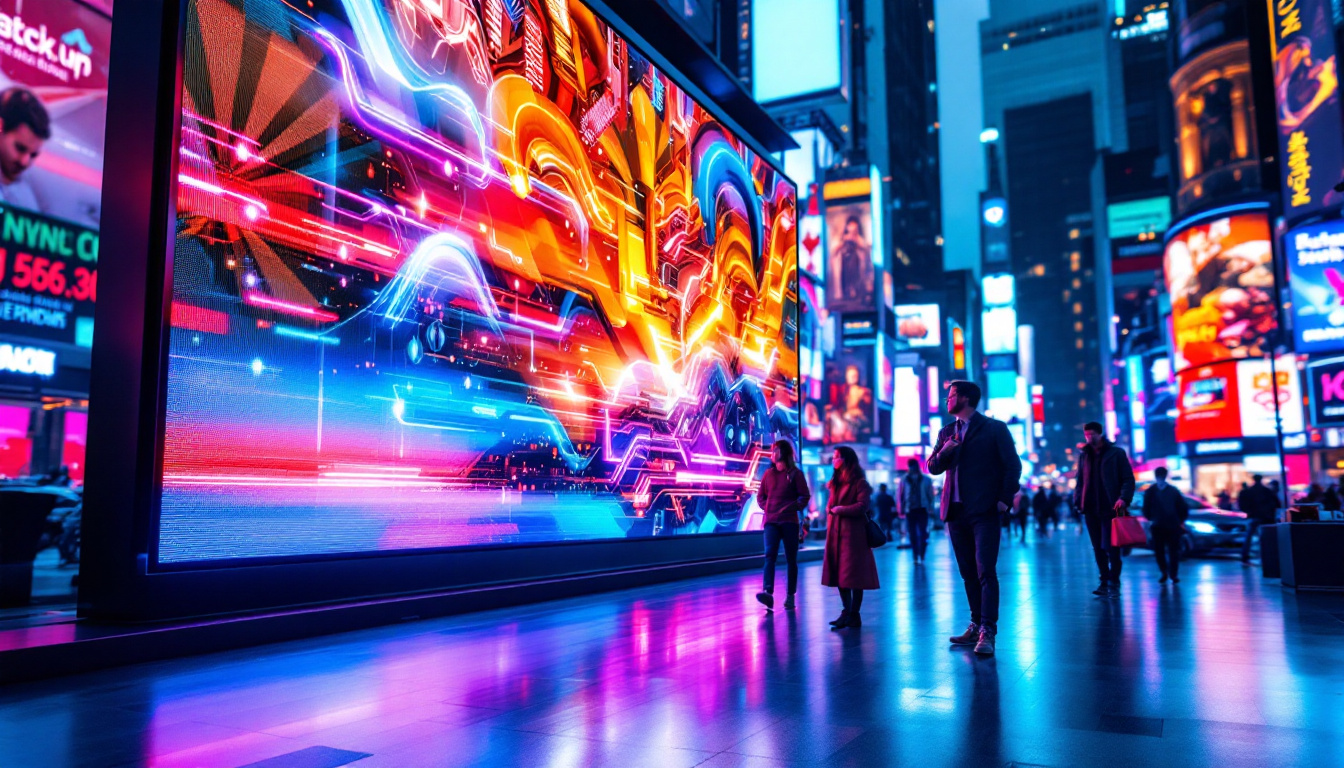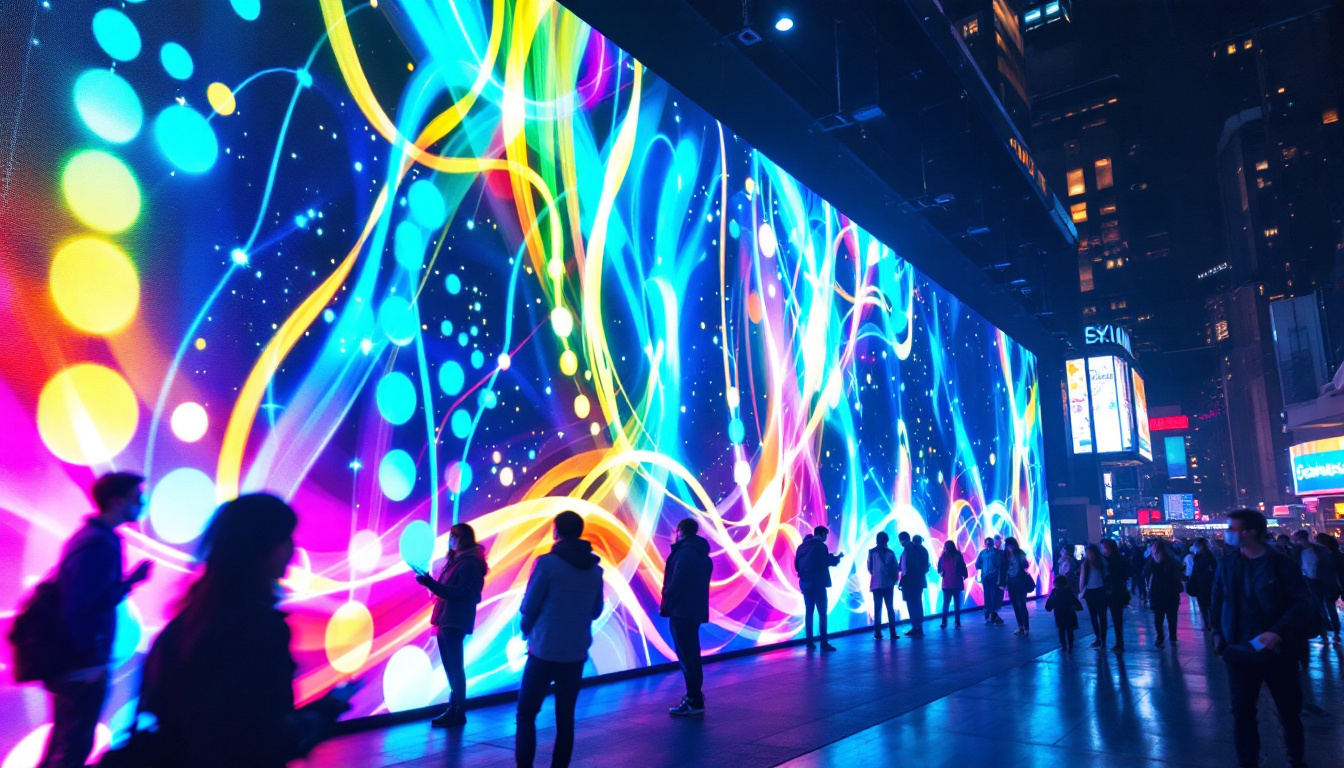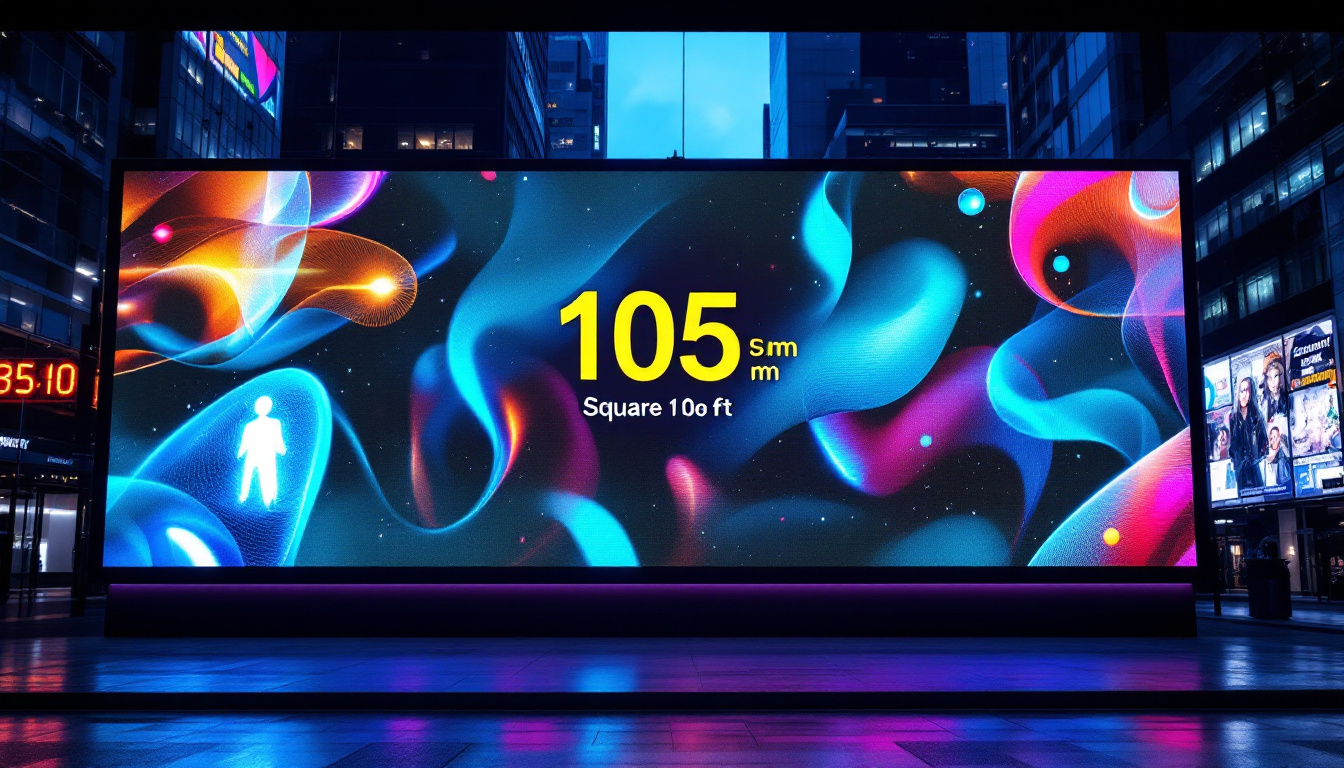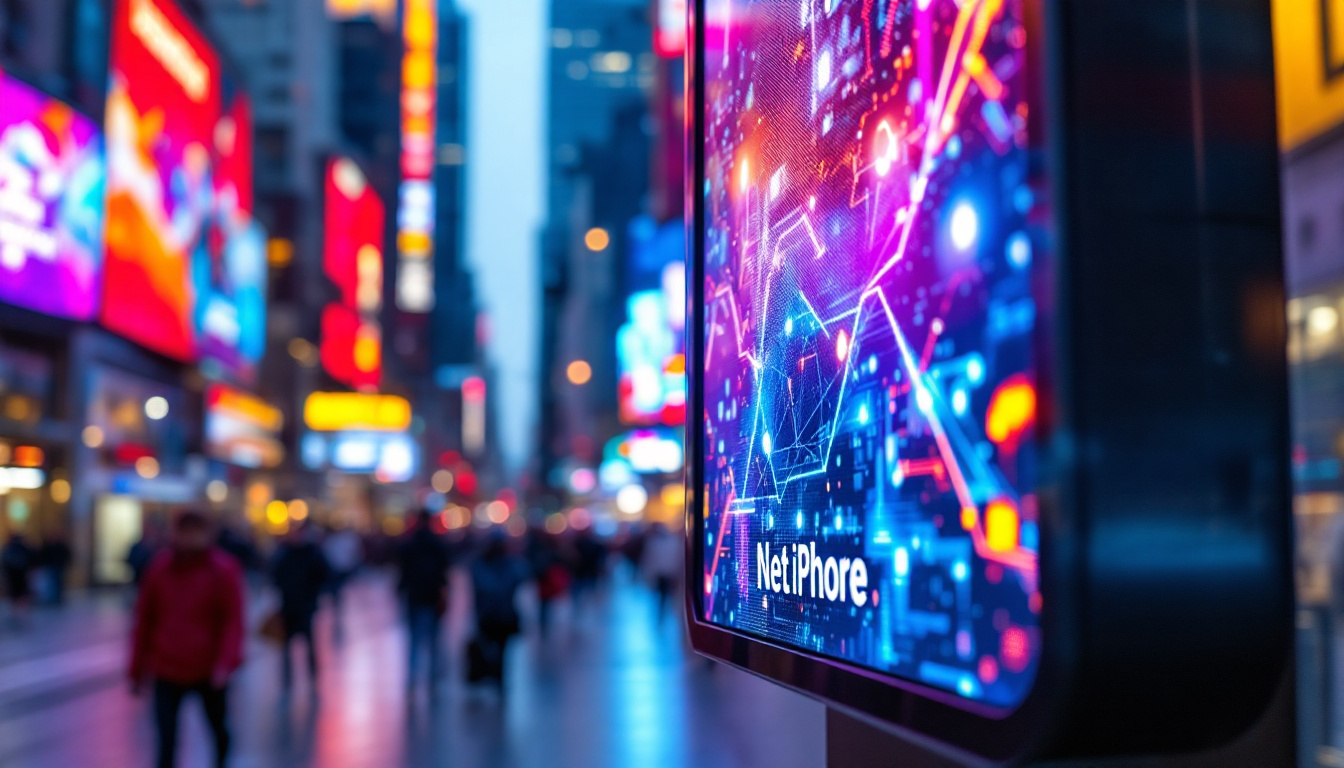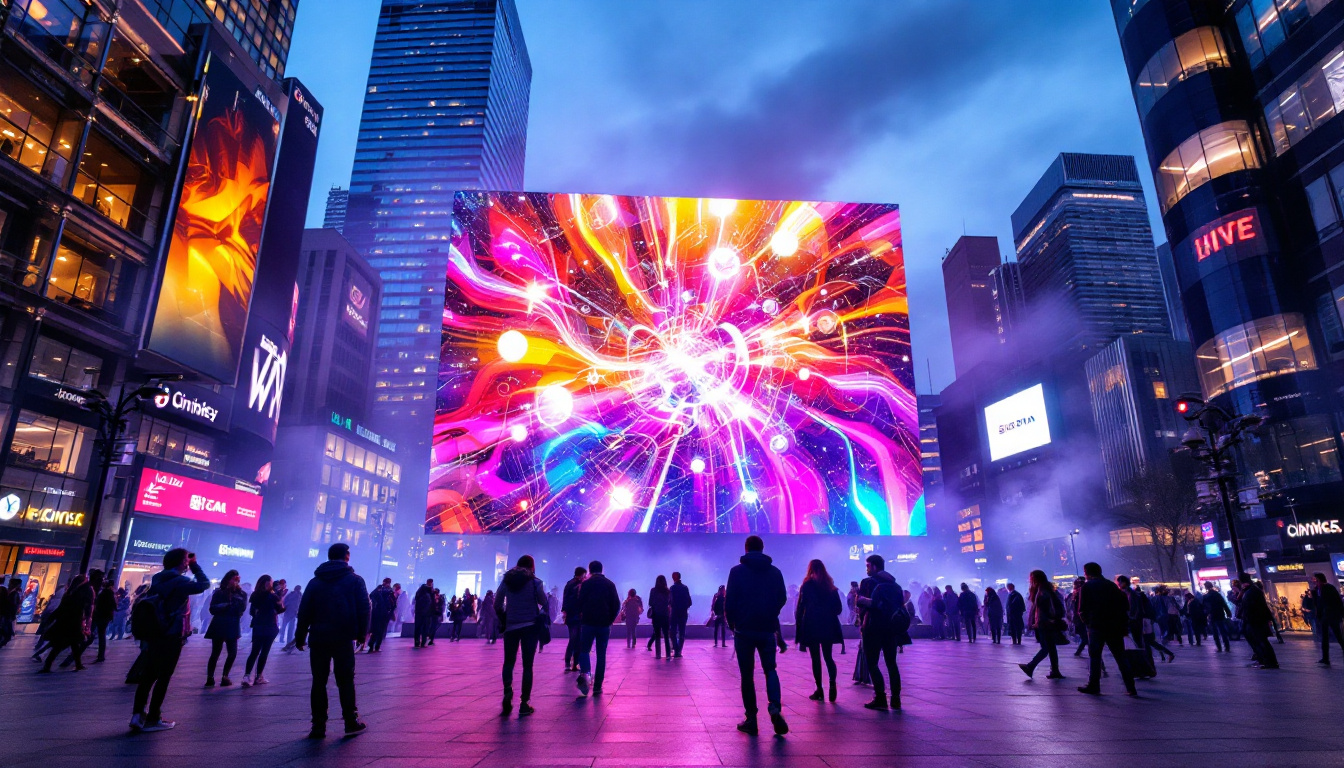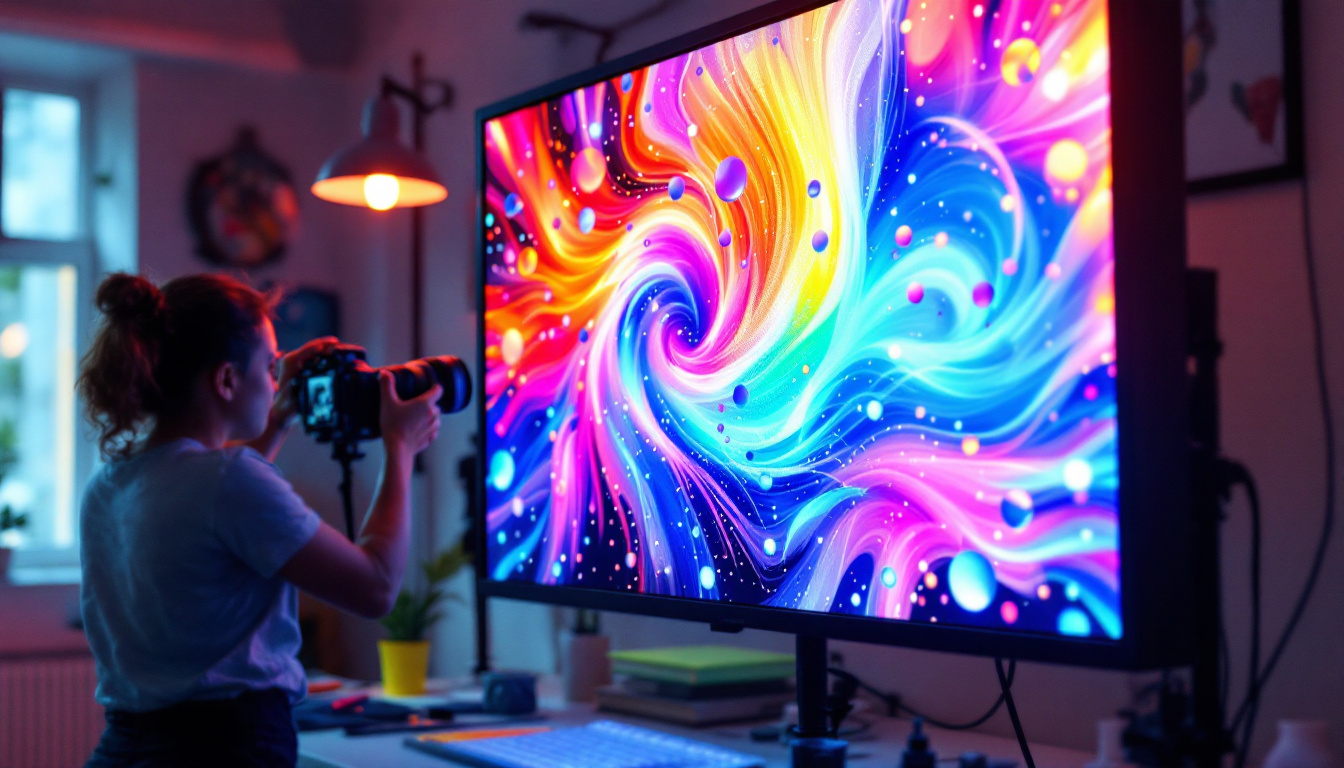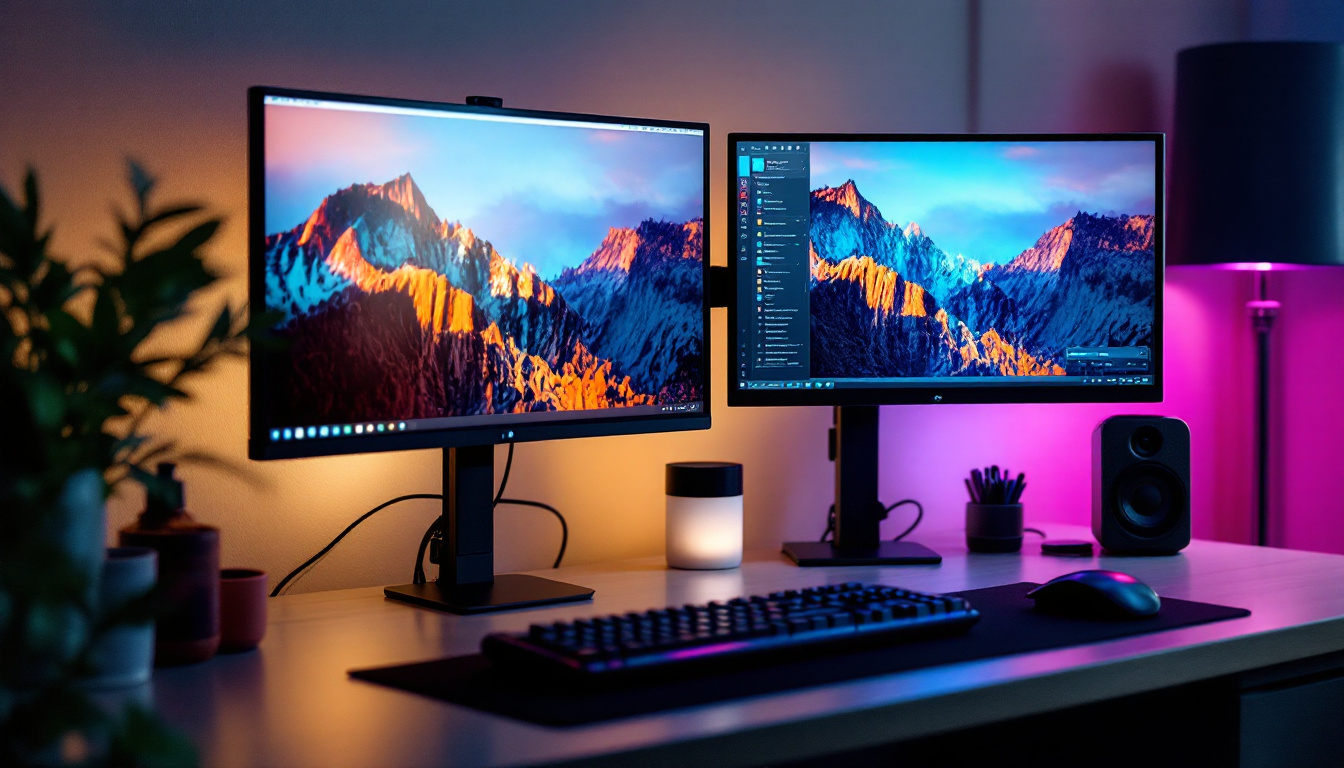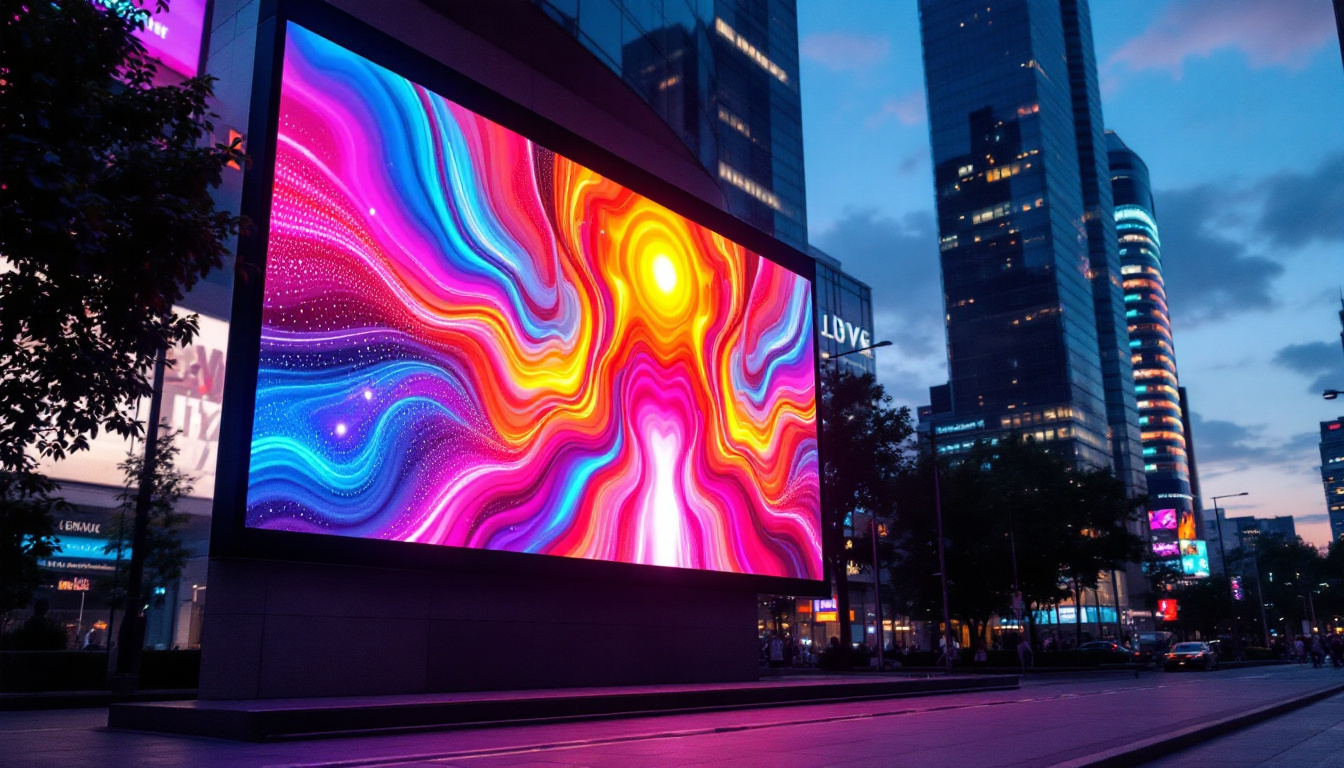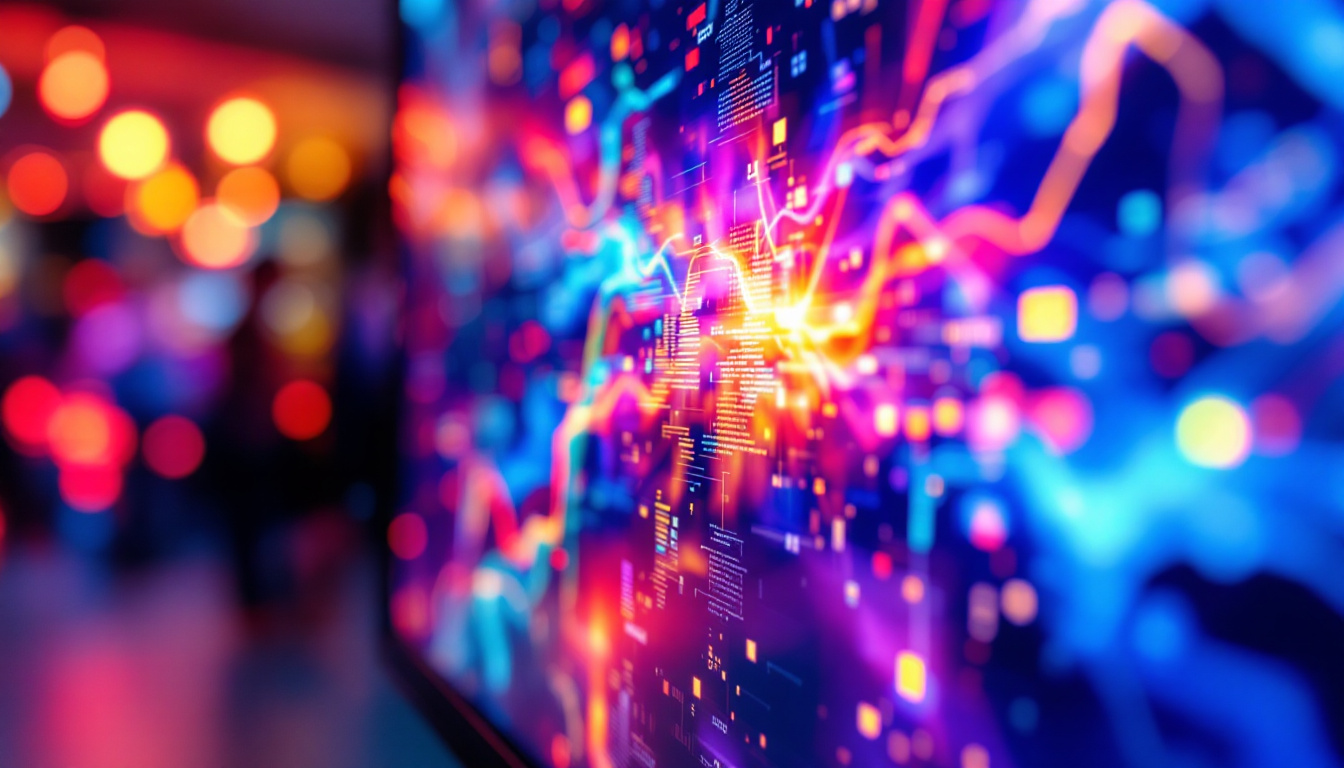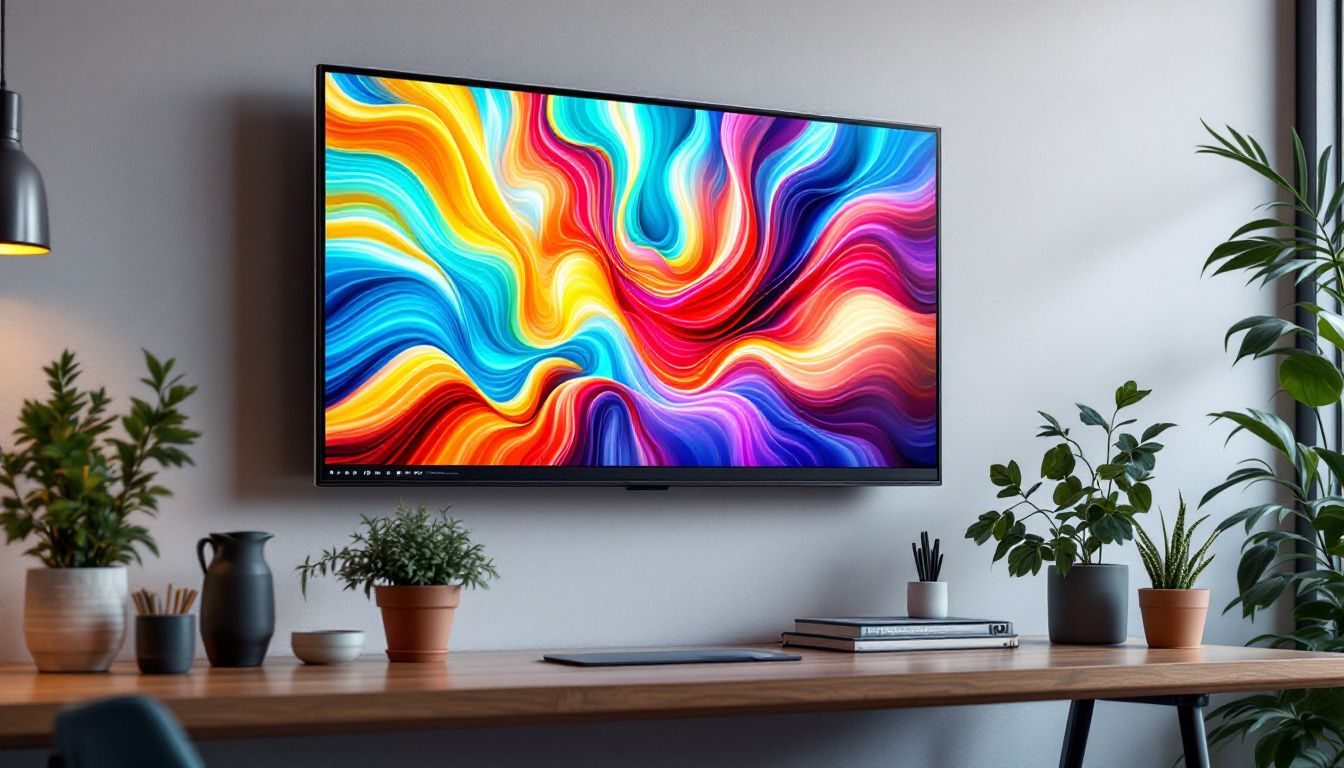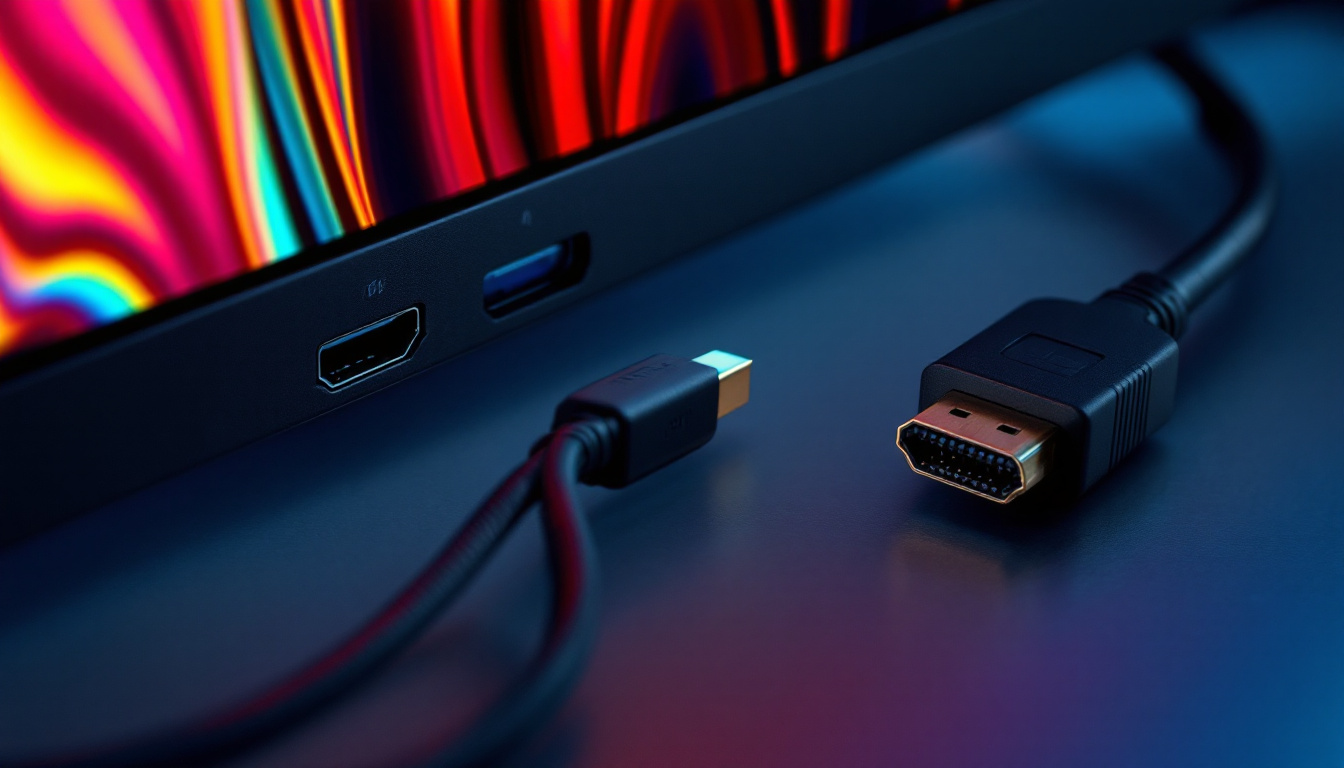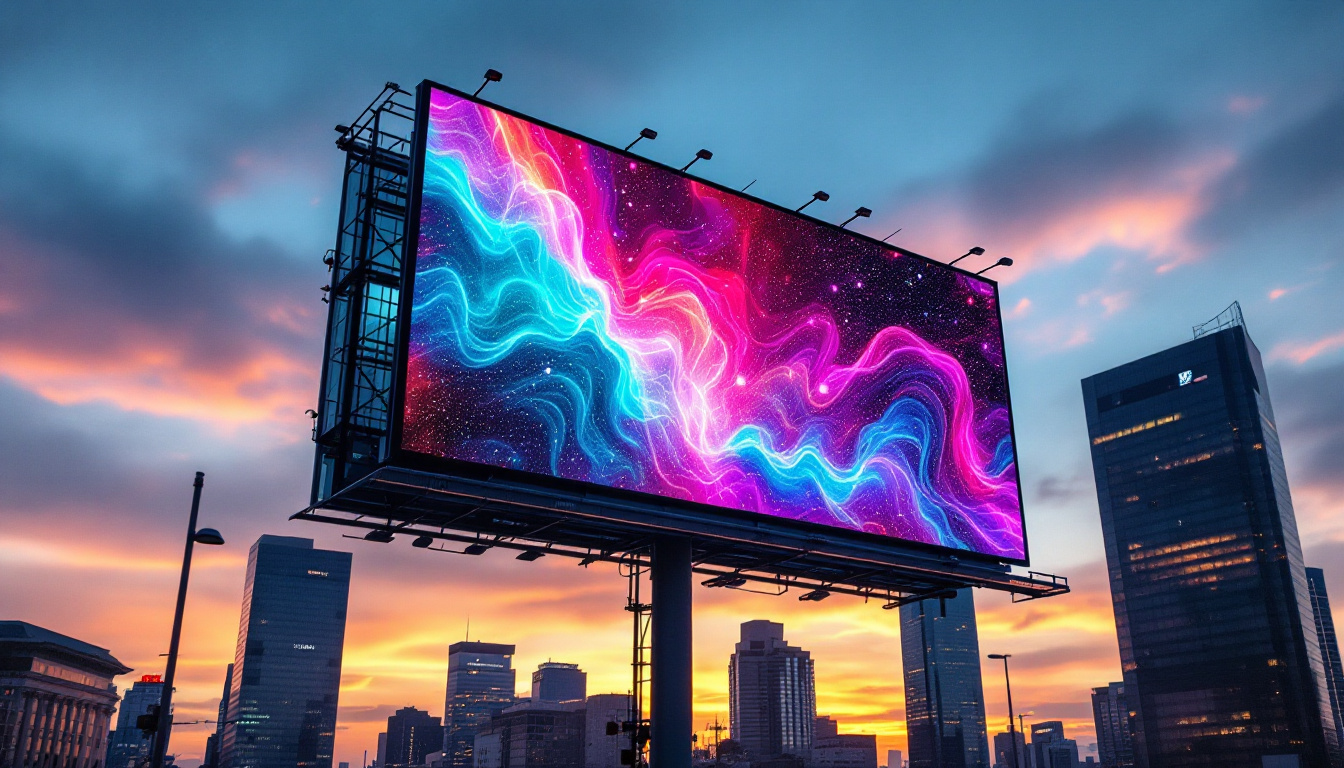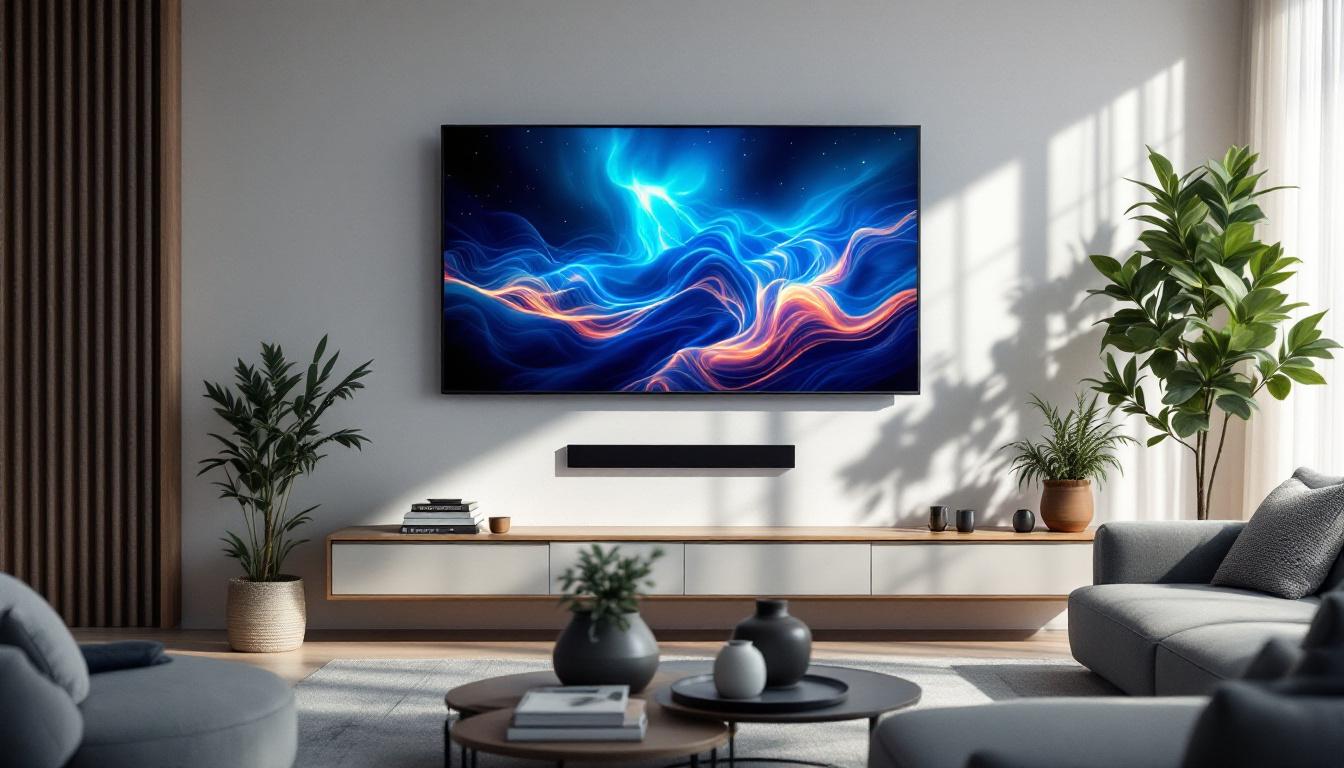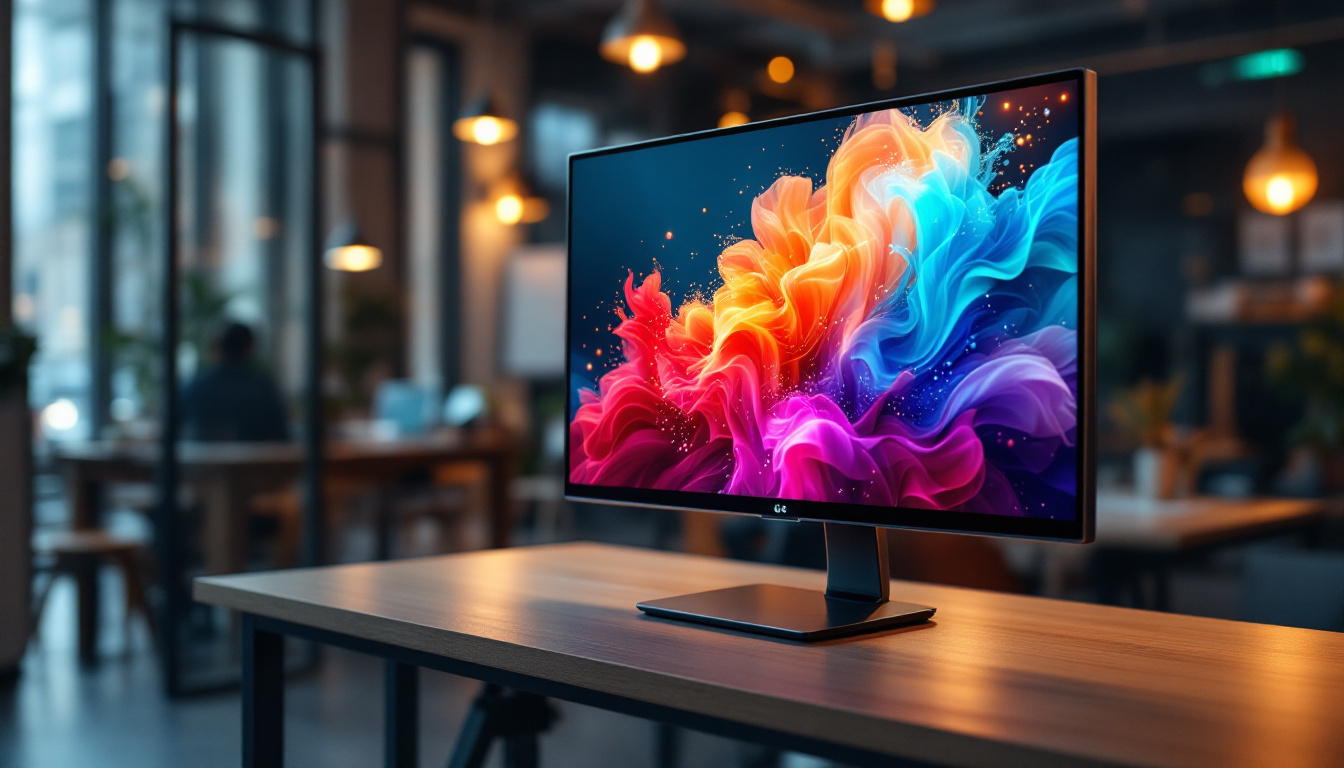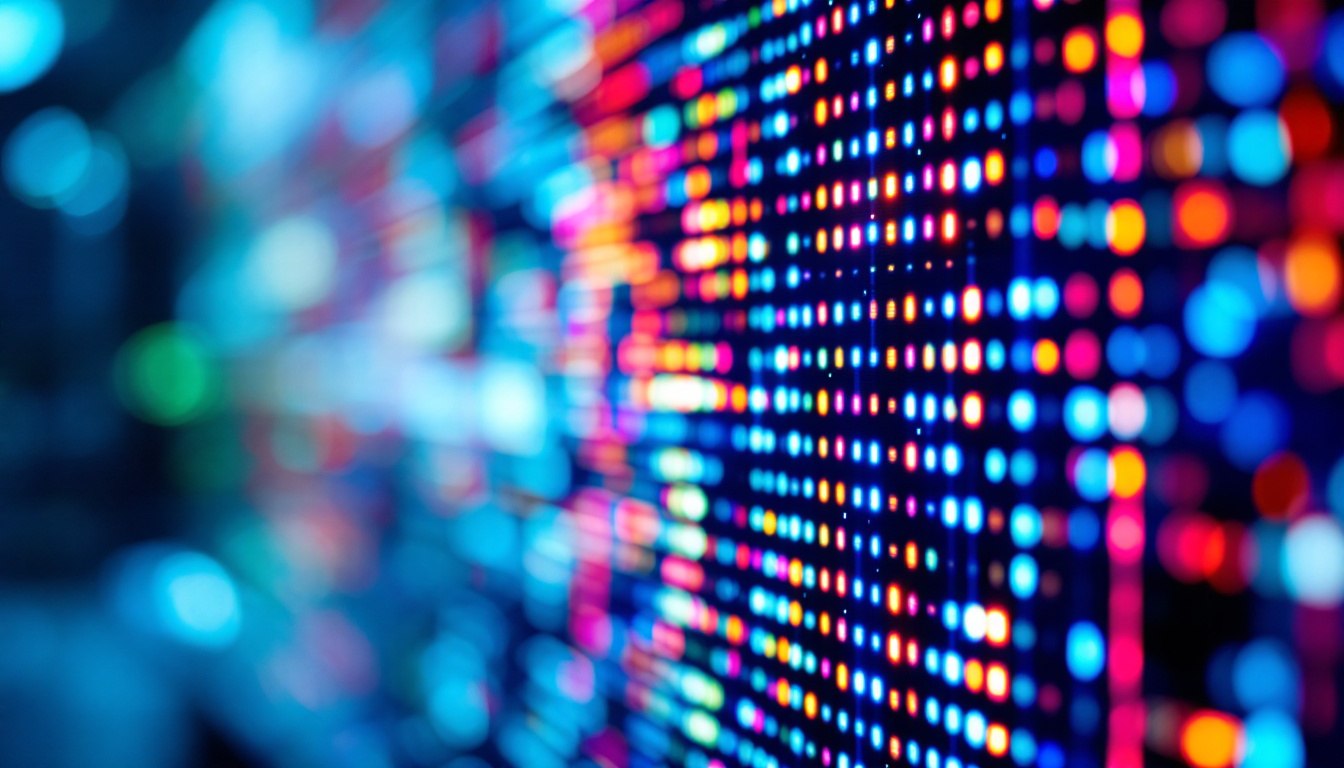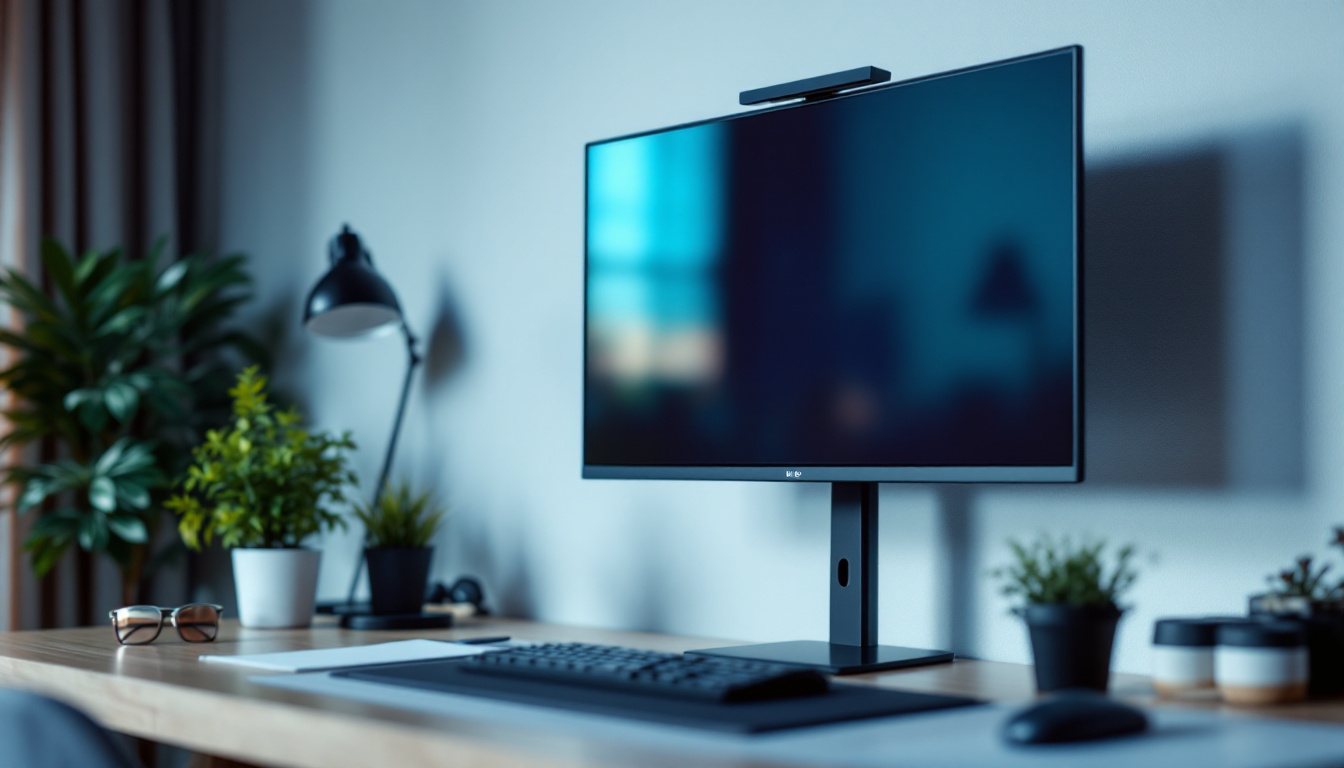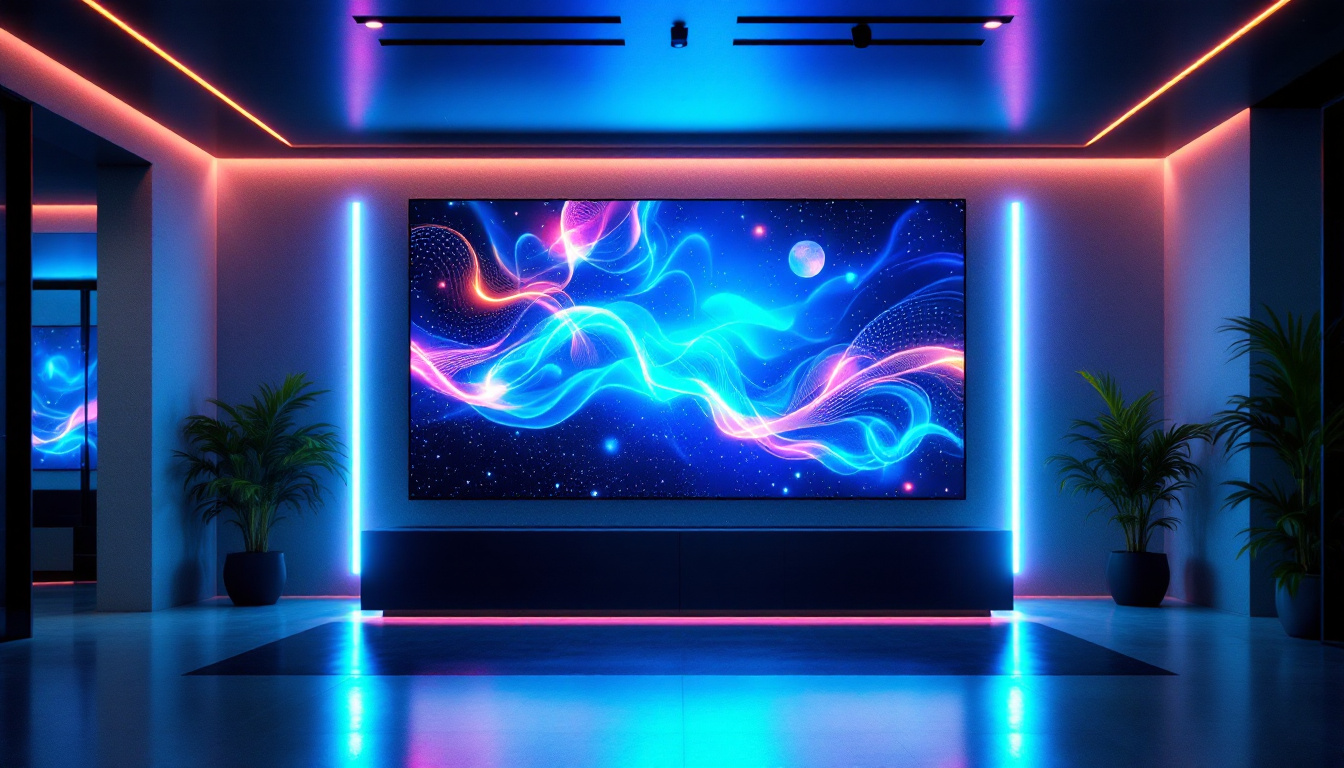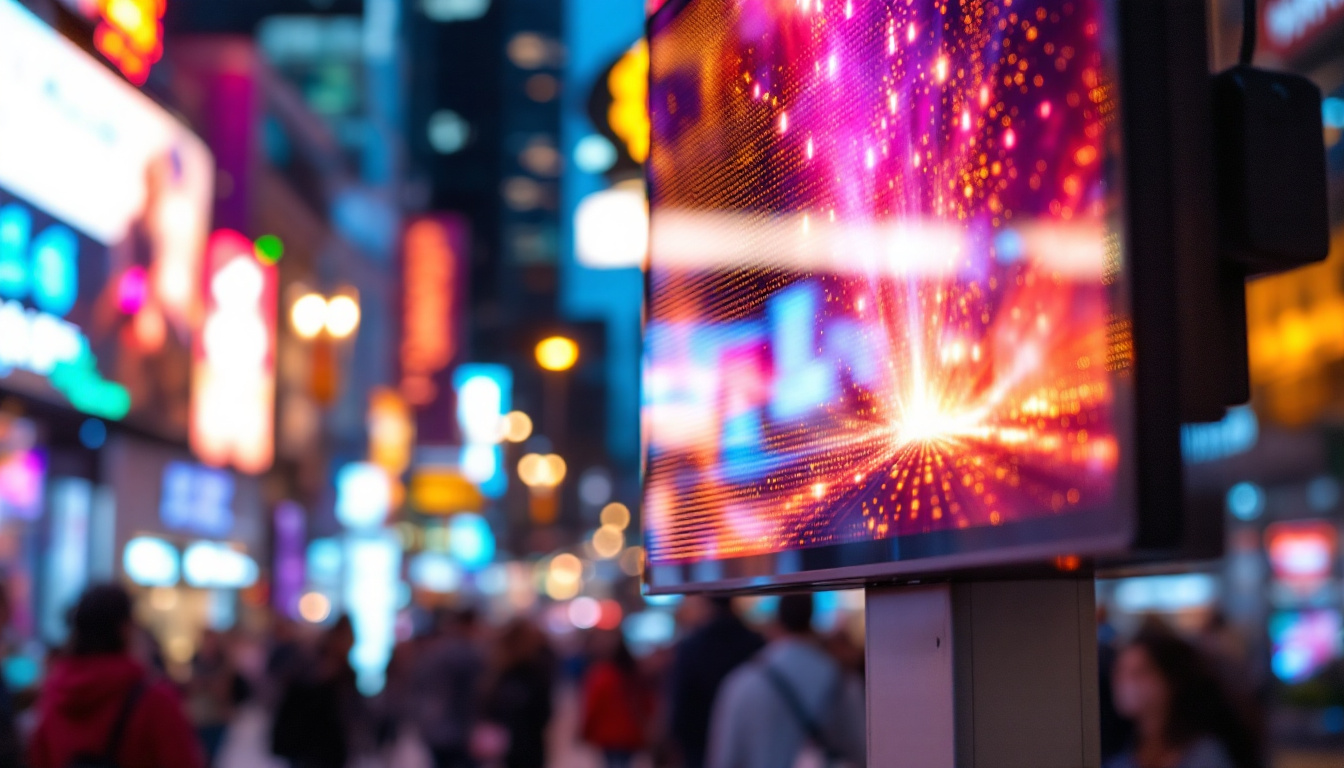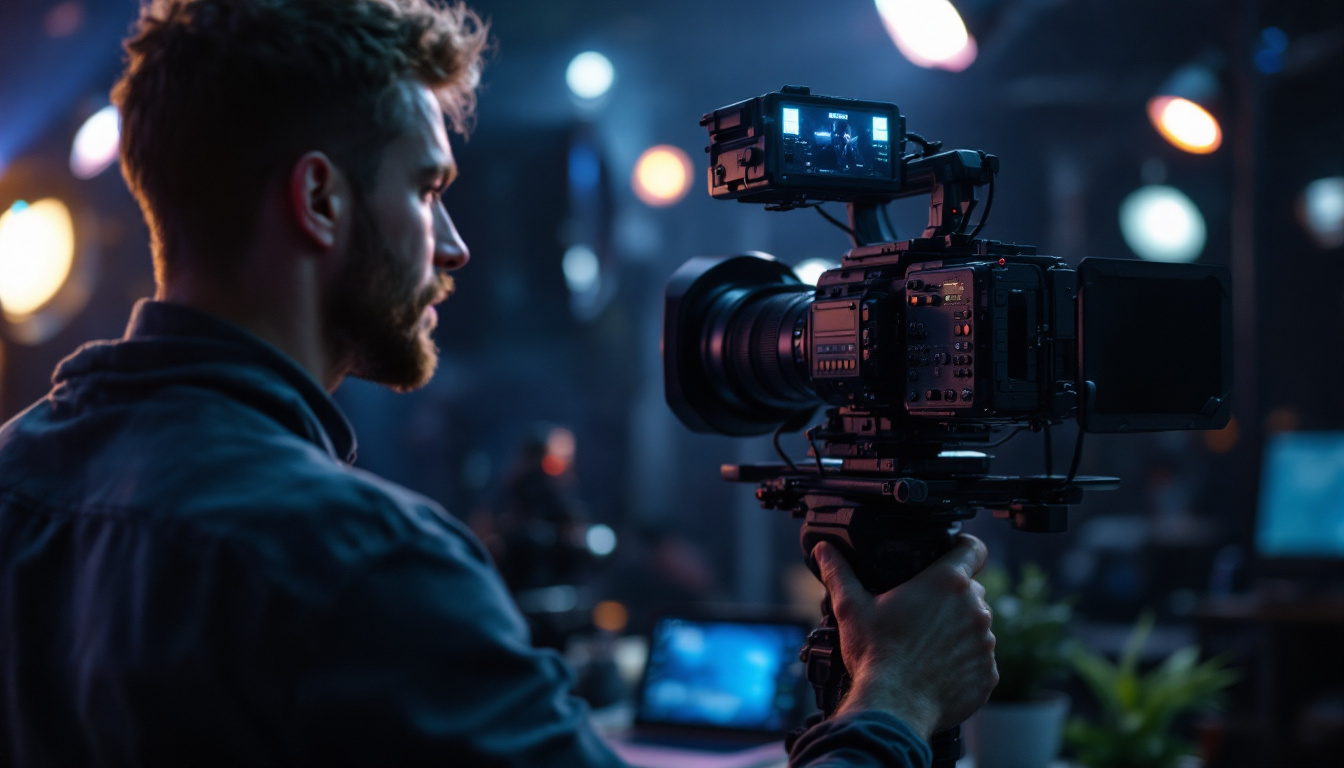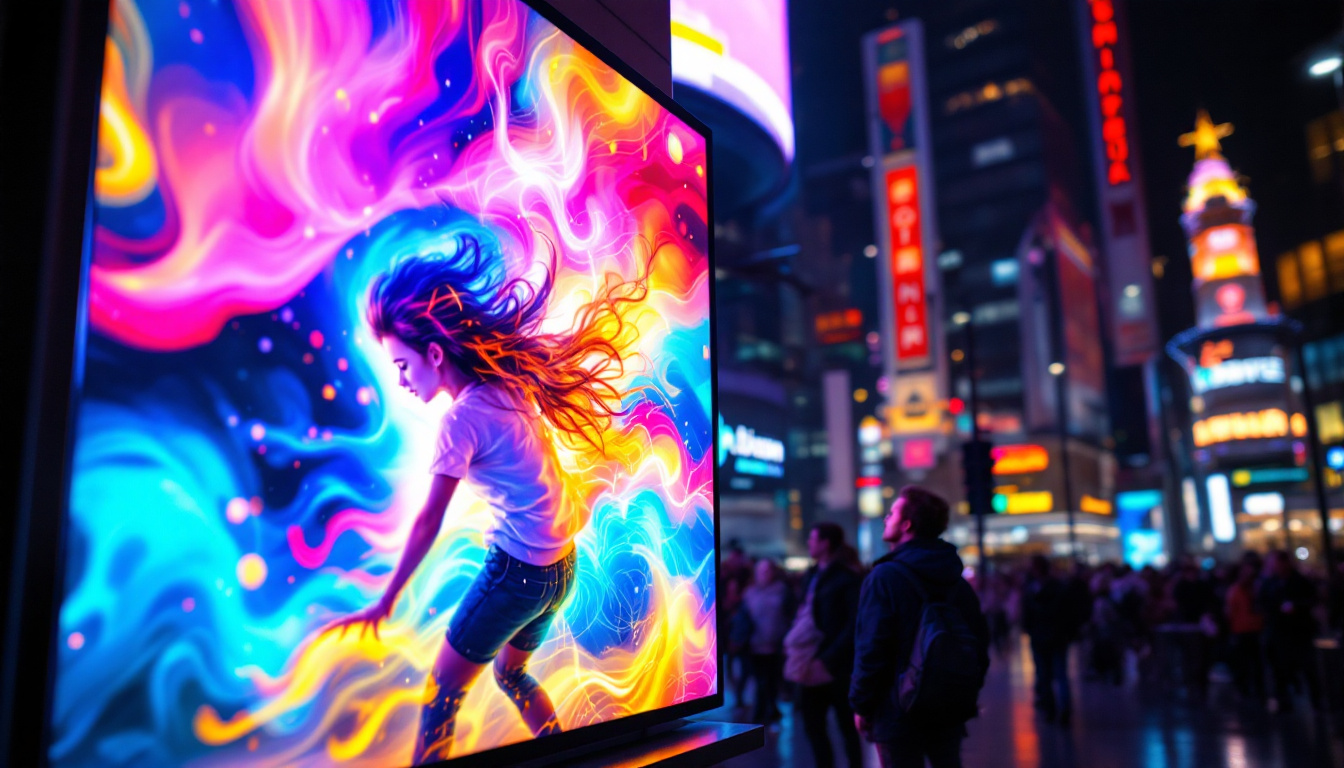LED displays have become ubiquitous in today’s technology-driven world, serving a multitude of purposes from advertising to entertainment. However, like any electronic device, they can encounter issues that require repair. Understanding how LED displays work and the common problems they face can be invaluable for anyone looking to maintain or repair these devices. This article delves into the intricacies of LED screens, their components, common issues, and repair strategies.
Understanding LED Technology
LED, or Light Emitting Diode, technology has revolutionized the way displays function. Unlike traditional LCD screens, which rely on backlighting, LED displays use individual diodes to emit light, resulting in brighter images and more vibrant colors. This innovation has not only improved the visual experience for consumers but has also opened up new avenues for creative expression in digital media.
How LED Displays Work
At the core of LED displays are tiny semiconductor devices that convert electricity into light. When an electric current passes through the diode, it emits light. This process is efficient and allows for a wide range of colors by combining red, green, and blue (RGB) diodes. By adjusting the intensity of these colors, LED displays can produce millions of color variations, making them ideal for everything from televisions to digital billboards. The precision of this color mixing is crucial in applications such as video production and graphic design, where accurate color representation is essential.
LED displays can be categorized into two main types: direct view and backlit. Direct view LED displays consist of individual LEDs arranged in a grid, while backlit displays use LEDs to illuminate an LCD panel. Each type has its advantages and applications, influencing how they are repaired and maintained. For instance, direct view displays are often used in large-scale outdoor advertising due to their brightness and visibility from great distances, while backlit displays are commonly found in consumer electronics like smartphones and laptops, where space is at a premium.
Advantages of LED Displays
One of the primary advantages of LED displays is their energy efficiency. They consume less power compared to traditional displays, which not only reduces electricity costs but also contributes to a lower carbon footprint. Additionally, LED screens offer superior brightness and contrast ratios, making them suitable for both indoor and outdoor environments. This capability is particularly beneficial in settings such as stadiums and concert venues, where ambient light can be a challenge for visibility.
Durability is another significant benefit. LED displays are less prone to damage from impact and can withstand a range of environmental conditions, making them ideal for outdoor advertising and public displays. Their long lifespan further enhances their appeal, as they can last tens of thousands of hours with minimal degradation in performance. Furthermore, advancements in technology have led to the development of flexible LED displays, which can be bent and shaped for creative installations, expanding the possibilities for architects and designers in both commercial and residential projects. This flexibility not only showcases the versatility of LED technology but also pushes the boundaries of what is possible in visual communication and artistic expression.
Common Problems with LED Displays
Despite their advantages, LED displays are not immune to issues. Understanding these common problems can aid in timely repairs and maintenance, ensuring the longevity of the device.
Screen Flickering
Screen flickering is a common issue that can be caused by several factors, including poor connections, outdated drivers, or faulty hardware. When the screen flickers, it can be distracting and may indicate a more significant underlying problem.
To troubleshoot flickering, start by checking the connections. Loose or damaged cables can disrupt the signal, leading to flickering. If connections are secure, updating the display drivers or adjusting the refresh rate settings may resolve the issue. If these steps do not work, the problem may lie within the hardware itself, necessitating a professional inspection.
Additionally, environmental factors can also contribute to screen flickering. For instance, electromagnetic interference from nearby devices or poor power supply quality can exacerbate the issue. Utilizing a surge protector or ensuring that the display is situated away from potential sources of interference can help mitigate these effects. Regular maintenance checks can also prevent flickering from becoming a recurring problem.
Dead Pixels
Dead pixels are another frequent issue with LED displays. A dead pixel appears as a small black or colored dot on the screen that does not change with the image. This can be particularly frustrating, especially if it is located in a prominent area of the display.
While some dead pixels can be fixed through software solutions or pixel-fixing apps, others may require physical repair or replacement of the affected panel. It is essential to assess the extent of the problem before deciding on a repair strategy.
In some cases, manufacturers may offer warranties that cover dead pixels, especially if they exceed a certain number within a specified area of the screen. Understanding the warranty terms can be beneficial for users experiencing this issue. Furthermore, preventive measures, such as avoiding excessive pressure on the screen during cleaning or transport, can help reduce the likelihood of developing dead pixels in the first place.
Color Distortion
Color distortion can manifest as incorrect color representation, where certain colors appear overly saturated or muted. This issue can stem from calibration problems, faulty connections, or hardware malfunctions.
To address color distortion, recalibrating the display settings is often the first step. If the problem persists, checking the cables and connections for damage is crucial. In some cases, replacing the LED drivers or the entire panel may be necessary to restore accurate color representation.
Moreover, color distortion can also be influenced by the ambient lighting conditions in the room. For instance, bright sunlight or artificial lighting can affect how colors are perceived on the screen. Using curtains or adjusting the lighting can enhance the viewing experience. Additionally, professional calibration services can provide a more precise adjustment of color settings, ensuring that the display performs optimally and meets the user’s needs for accurate color representation.
Repairing LED Displays
Repairing LED displays can range from simple fixes to complex procedures requiring specialized knowledge and tools. Understanding the repair process can help individuals decide whether to tackle the issue themselves or seek professional assistance.
DIY Repairs
For minor issues, such as screen flickering or color distortion, DIY repairs can be a viable option. Basic tools like screwdrivers, multimeters, and cleaning supplies can be used to troubleshoot and fix common problems. It’s essential to follow safety precautions, such as unplugging the device before attempting any repairs.
Online tutorials and forums can provide valuable guidance for DIY repairs. However, it is crucial to have a basic understanding of electronics and the specific model of the LED display being repaired. Attempting repairs without proper knowledge can lead to further damage.
When to Seek Professional Help
While DIY repairs can be effective for minor issues, certain situations warrant professional assistance. If the display has significant damage, such as cracked screens or extensive dead pixels, seeking help from a qualified technician is advisable.
Additionally, if the device is still under warranty, attempting repairs may void the warranty. In such cases, contacting the manufacturer or authorized service center is the best course of action. Professionals have the necessary tools and expertise to diagnose and repair complex issues efficiently.
Cost Considerations
The cost of repairing an LED display can vary significantly based on the type of problem and the device’s model. Minor repairs, such as recalibrating settings or replacing cables, may be relatively inexpensive. However, more extensive repairs, such as replacing a damaged panel or internal components, can be costly.
When considering repair options, it is essential to weigh the cost against the value of the display. In some cases, it may be more economical to replace the device rather than invest in repairs, especially if the display is older or has a history of issues.
Preventative Maintenance for LED Displays
Preventative maintenance can extend the lifespan of LED displays and reduce the likelihood of encountering issues. Regular care and attention can go a long way in ensuring optimal performance.
Regular Cleaning
Dust and dirt can accumulate on LED displays, affecting image quality and brightness. Regularly cleaning the screen with a soft, lint-free cloth can help maintain clarity. It’s essential to use appropriate cleaning solutions specifically designed for electronics to avoid damaging the screen.
Additionally, ensuring that the vents and fans are clear of obstructions can help prevent overheating, a common issue that can lead to hardware failure. Keeping the display in a well-ventilated area can further enhance its longevity.
Software Updates
Keeping the display’s software and drivers up to date is crucial for optimal performance. Manufacturers often release updates that improve functionality and address known issues. Regularly checking for updates and installing them can prevent problems before they arise.
Moreover, monitoring the performance of the display can help identify potential issues early. If any irregularities are noticed, addressing them promptly can prevent more significant problems down the line.
Environmental Considerations
The environment in which an LED display operates can significantly impact its performance and lifespan. Extreme temperatures, humidity, and exposure to direct sunlight can all affect the display’s functionality. Ensuring that the display is used in an appropriate environment can mitigate these risks.
For outdoor displays, using protective enclosures can shield the device from harsh weather conditions. For indoor displays, maintaining a stable temperature and humidity level can help preserve the internal components.
Conclusion
LED displays are a remarkable technological advancement that has transformed the way visual information is presented. While they offer numerous benefits, understanding their potential issues and repair options is essential for maintaining their performance. Whether opting for DIY repairs or seeking professional assistance, being informed about LED technology can lead to better decision-making and longer-lasting displays.
By implementing regular maintenance practices and being proactive in addressing issues, users can enjoy the full benefits of their LED displays for years to come. As technology continues to evolve, staying informed about advancements in LED technology will further enhance the experience of using these versatile displays.
Discover LumenMatrix LED Display Solutions
Ready to elevate your visual experience with the latest in LED technology? Look no further than LumenMatrix, where innovation meets excellence in creating dynamic and immersive displays. From vibrant Indoor and Outdoor LED Wall Displays to versatile Vehicle and Sports LED Displays, our solutions are designed to make your brand shine. Explore the possibilities with our LED Poster, Floor, Custom, All-in-One, and Transparent Displays, and join the revolution in visual communication. Check out LumenMatrix LED Display Solutions today and transform your space into a captivating visual journey.

